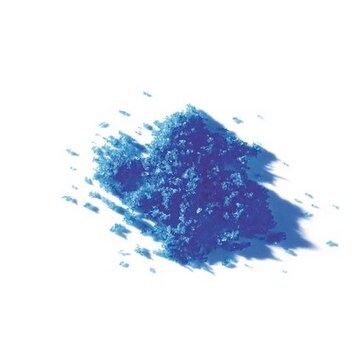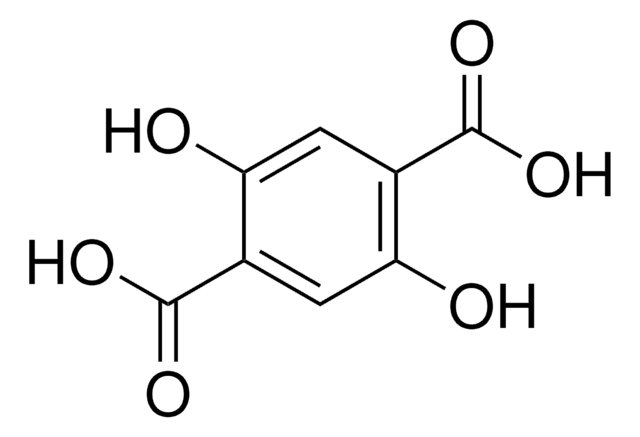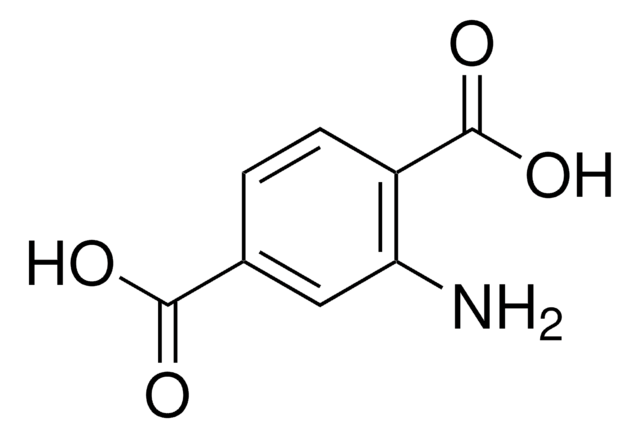940143
Copper(II) nitrate trihydrate

≥99.9% trace metals basis
Synonyme(s) :
Copper dinitrate trihydrate, Copper(2+) nitrate trihydrate, Cupric nitrate trihydrate
About This Item
Produits recommandés
Niveau de qualité
Essai
(iodometric, redox titration)
≥99.9% trace metals basis
Forme
(Crystal or Powder)
Solubilité
water: soluble
Traces d'anions
chloride (Cl-): ≤20 ppm
sulfate (SO42-): ≤50 ppm
Traces de cations
Al: ≤10 ppm
Ca: ≤10 ppm
Cd: ≤10 ppm
Cr: ≤10 ppm
Fe: ≤10 ppm
K: ≤10 ppm
Mg: ≤10 ppm
Mn: ≤10 ppm
Na: ≤30 ppm
Ni: ≤10 ppm
Pb: ≤10 ppm
Si: ≤10 ppm
Zn: ≤10 ppm
Description générale
Application
Mention d'avertissement
Danger
Mentions de danger
Conseils de prudence
Classification des risques
Aquatic Acute 1 - Aquatic Chronic 2 - Eye Dam. 1 - Ox. Sol. 2 - Skin Corr. 1B
Code de la classe de stockage
5.1B - Oxidizing hazardous materials
Classe de danger pour l'eau (WGK)
WGK 3
Point d'éclair (°F)
Not applicable
Point d'éclair (°C)
Not applicable
Faites votre choix parmi les versions les plus récentes :
Certificats d'analyse (COA)
Désolés, nous n'avons pas de COA pour ce produit disponible en ligne pour le moment.
Si vous avez besoin d'assistance, veuillez contacter Service Clients
Déjà en possession de ce produit ?
Retrouvez la documentation relative aux produits que vous avez récemment achetés dans la Bibliothèque de documents.
Notre équipe de scientifiques dispose d'une expérience dans tous les secteurs de la recherche, notamment en sciences de la vie, science des matériaux, synthèse chimique, chromatographie, analyse et dans de nombreux autres domaines..
Contacter notre Service technique










